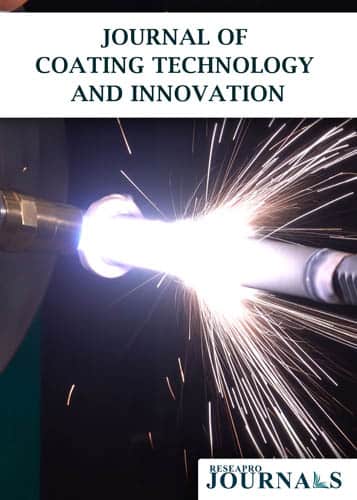
Journal of Coating Technology and Innovation
OPEN ACCESS
ISSN: 3048-5193

OPEN ACCESS
ISSN: 3048-5193

The advancement of technology necessitates improved material properties, driving a heightened interest in coatings for diverse purposes such as decoration, heat resistance, erosion and wear protection, and corrosion resistance. Surface modification techniques can be categorized into protective coating formation processes and surface material modification techniques. Protective coatings are applied through methods like electroplating, thermal spraying, immersion in molten metal, and diffusion coating. Electroplating provides corrosion protection, strength enhancement, and aesthetic improvements. Thermal spraying methods range from flame spraying for large surfaces to plasma spraying for refractory ceramic coatings. While immersion in molten metal offers electrochemical protection, it is less economical. Additional methods include thermodiffusion coating, cladding, and polymer protective coatings, which offer corrosion protection and aesthetic appeal through various application techniques. Oxidation processes are utilized for both protection and decoration of metal surfaces, while gumming with rubber or ebonite provides defense against aggressive environments. These methods collectively emphasize the necessity for ongoing innovation and improvement in coating techniques to meet the evolving demands of modern technology and the growing utilization of diverse materials like polymers and composites. This comprehensive review underscores the significance of various coating methods in enhancing material properties and fulfilling technological requirements. It highlights the imperative for further advancements in coating techniques to accommodate the expanding use of alternative materials and to ensure continued progress in meeting the diverse needs of contemporary industries.